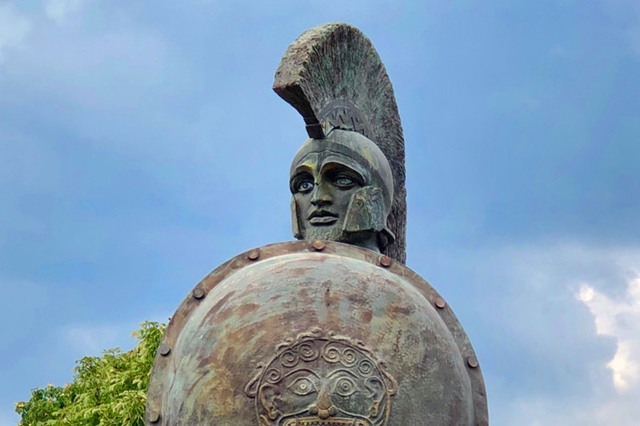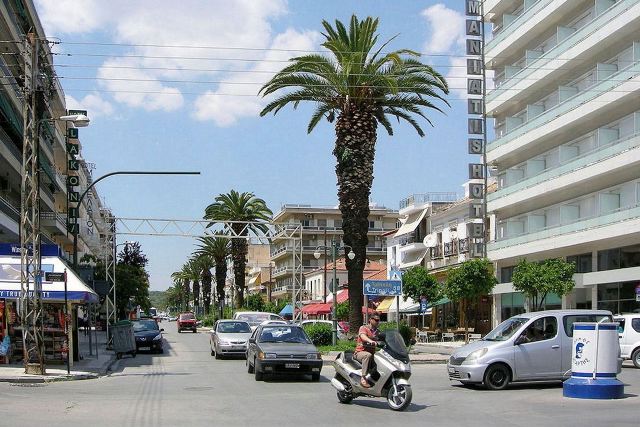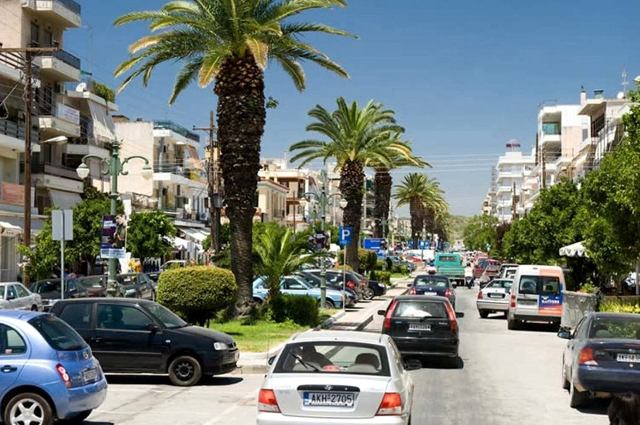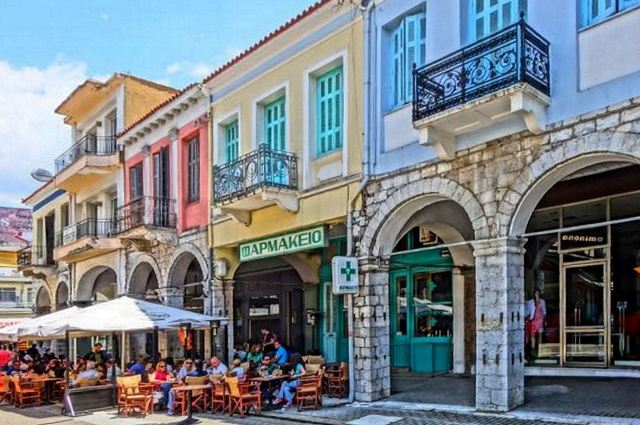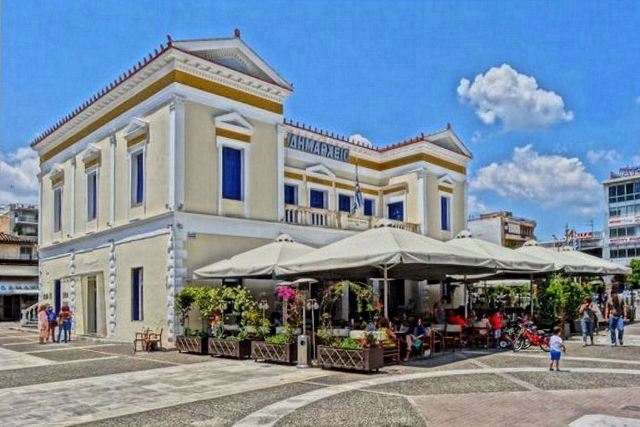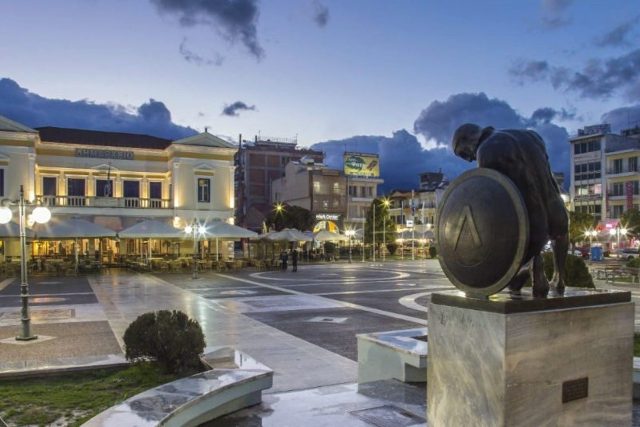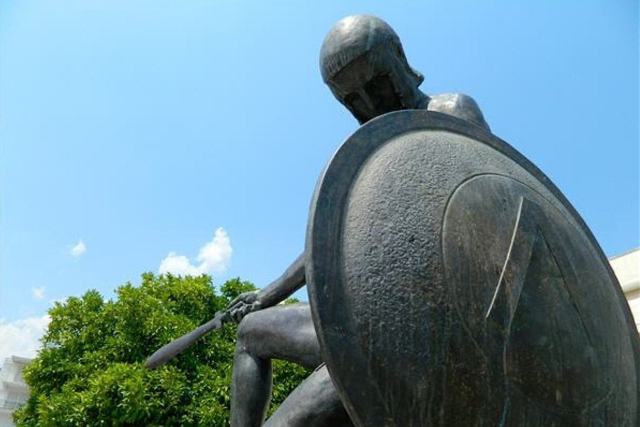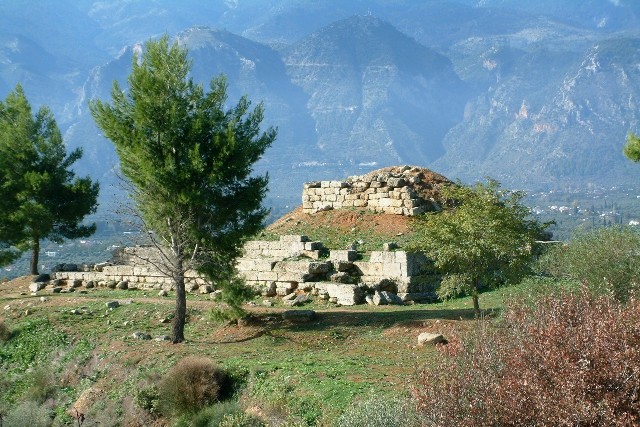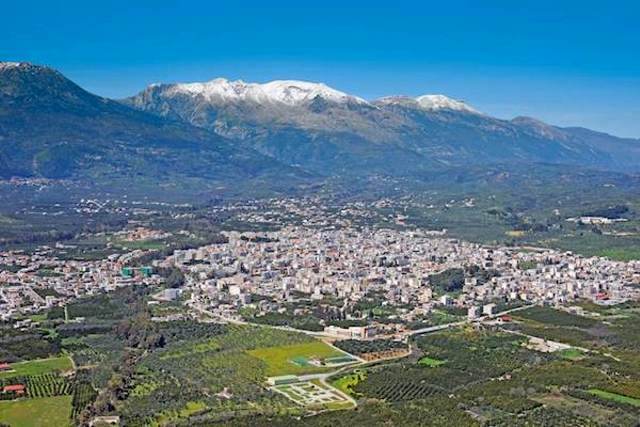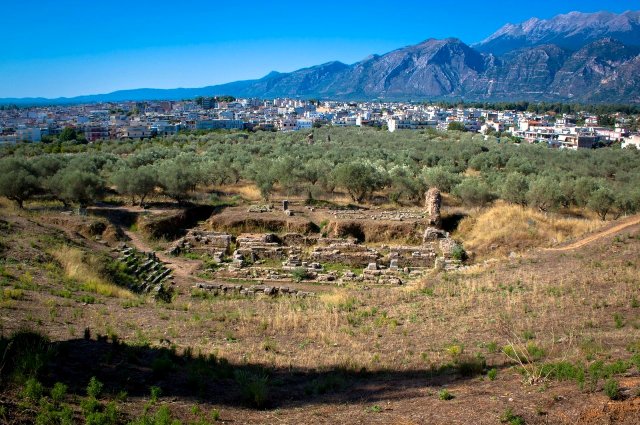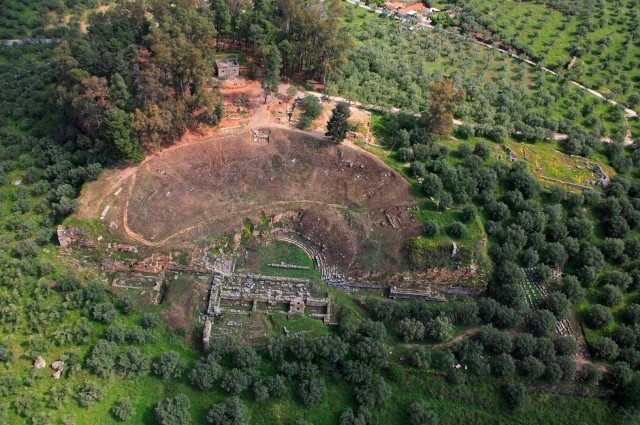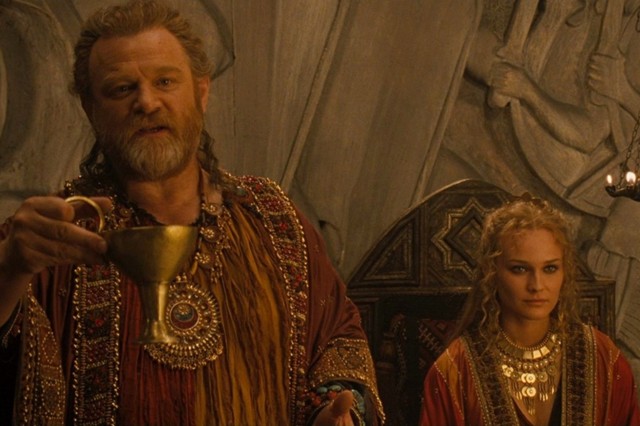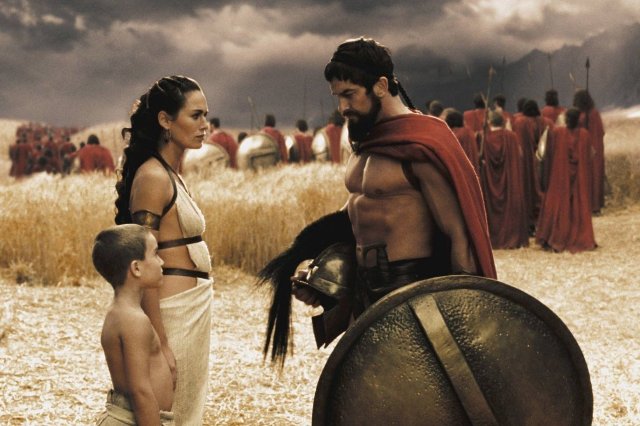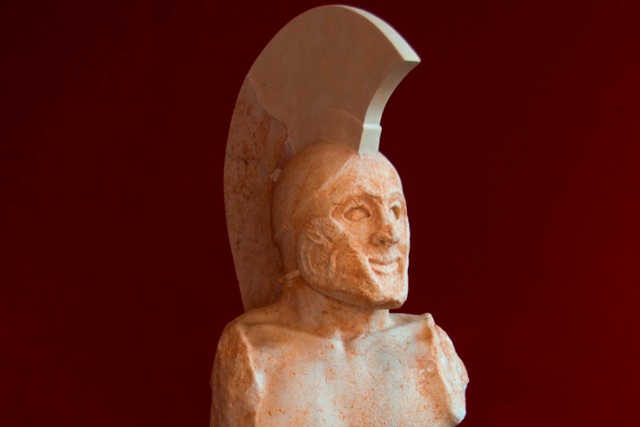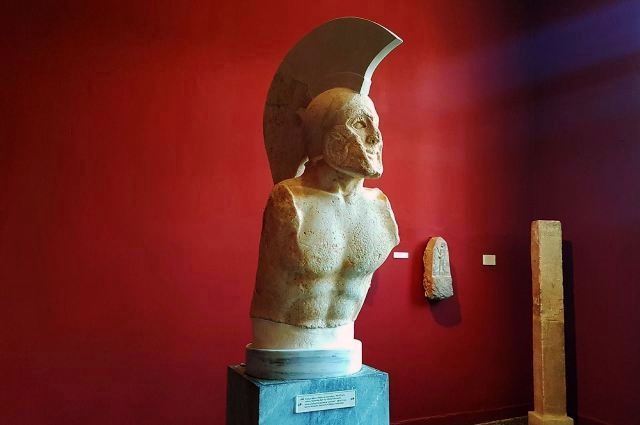Sparta
SPARTA - Distance from Ermioni: 195 kms/3 hours
Sparta is the capital of the Laconia region of the Peloponnese, it lies in the Eurotas River valley under the Eastern foothills of Mount Taygetos. The new city was constructed in 1834 near the site of ancient Sparta, when young King Othon issued a decree on the construction of a 'reborn' Sparta. Bavarian city planners designed the city based on the neo-classical architectural model, with large open squares and wide streets lined with trees, even today the original buildings remain in good condition. Until then, the inhabitants of the area had lived in the ruins of the nearby Byzantine city of Mystras. A modern bronze statue of Leonidas, King of Sparta, who with his 300 Spartan warriors fought the mighty Persian army at the Battle of Thermopylae in 480 BC, is located near the entrance to the archaeological site of ancient Sparta, with the famous reply MOLON LAVE on its marble plinth.
In Greek mythology, Lacedaemon was the mythical king of Laconia. The son of Zeus by the nymph Taygete, he married Princess Sparta, the daughter of former King Eurotas. As king of Laconia, he re-named his country after himself and the city after his wife.
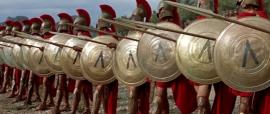 Sparta (Lacedaemon) was one of the prominent city-states in ancient Greece from the Mycenaean bronze age period through to the Hellenistic period. The 'Menelaion' palace of King Menelaus and Helen, Queen of Sparta, overlooks modern Sparta today as it did during the times of the Trojan War circ 1194-1184 BC. Due to its powerful military organisation, Sparta became the leader of the combined Hellenic forces during the Greco-Persian Wars around 480 BC, however, it later became the prime enemy of Athens during the Peloponnesian War, in which it emerged victorious. The defeat at the Battle of Leuctra in 371 BC against the rival city-state of Thebes ended Sparta's prominent military role in mainland Greece, but even then, neither Philip II of Macedon, or his son Alexander the Great, ever attempted to invade Sparta itself. Following the Roman conquest of Greece in 146 BC, the Spartans continued their way of life and the city became a 'tourist attraction' for the Roman elite, who came to observe exotic Spartan customs. Sparta then underwent a long period of decline and by the Middle Ages the political and cultural centre of Laconia transfered to the nearby Byzantine settlement of Mystras, due to raids of marauding tribes which caused the inhabitants of Lacedaemon to abandon their exposed city and settle in a new fortified town, with a castle garrison for protection.
Sparta (Lacedaemon) was one of the prominent city-states in ancient Greece from the Mycenaean bronze age period through to the Hellenistic period. The 'Menelaion' palace of King Menelaus and Helen, Queen of Sparta, overlooks modern Sparta today as it did during the times of the Trojan War circ 1194-1184 BC. Due to its powerful military organisation, Sparta became the leader of the combined Hellenic forces during the Greco-Persian Wars around 480 BC, however, it later became the prime enemy of Athens during the Peloponnesian War, in which it emerged victorious. The defeat at the Battle of Leuctra in 371 BC against the rival city-state of Thebes ended Sparta's prominent military role in mainland Greece, but even then, neither Philip II of Macedon, or his son Alexander the Great, ever attempted to invade Sparta itself. Following the Roman conquest of Greece in 146 BC, the Spartans continued their way of life and the city became a 'tourist attraction' for the Roman elite, who came to observe exotic Spartan customs. Sparta then underwent a long period of decline and by the Middle Ages the political and cultural centre of Laconia transfered to the nearby Byzantine settlement of Mystras, due to raids of marauding tribes which caused the inhabitants of Lacedaemon to abandon their exposed city and settle in a new fortified town, with a castle garrison for protection.
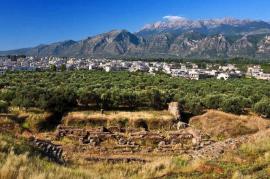 The archaeological Acropolis of ancient Sparta is very close to the modern city centre, located at its Northern point, behind the statue of King Leonidas and the modern sports stadium. Not much of the site relates to the period of Leonidas, as most of the acropolis of Sparta was built or renovated by the Romans, including the ancient agora, temples and theatre. However, you can still feel its presence as you walk around and explore the ruined ancient city.
The archaeological Acropolis of ancient Sparta is very close to the modern city centre, located at its Northern point, behind the statue of King Leonidas and the modern sports stadium. Not much of the site relates to the period of Leonidas, as most of the acropolis of Sparta was built or renovated by the Romans, including the ancient agora, temples and theatre. However, you can still feel its presence as you walk around and explore the ruined ancient city.
In 2020 plans were announced for the reconstruction and renovation of the ancient theatre in the acropolis of ancient Lacedaemon.
The present Archaeological Museum of Sparta is located in the centre of the modern city. Originally constructed in 1874, the neo-classical museum building was enlarged in 1907 to accommodate finds from excavations at the archaic acropolis site. It is not a large museum, but holds many exhibits from the Mycenaean period up to the Hellenistic and Roman periods. Its most famous torso sculpture is of an ancient Greek hoplite warrior, fondly known to everyone as 'Leonidas'. The museum is closed on Mondays. Admission: 2 Euros.
 Final plans to construct a brand new Archaeological Museum in Sparta were approved in November 2023, to be located within the archaeological site of Sparta on a site of over 20 acres. Renovations to repair the old museum, which houses thousands of artifacts from the ancient world, some of which are not able to be displayed, have also been approved.
Final plans to construct a brand new Archaeological Museum in Sparta were approved in November 2023, to be located within the archaeological site of Sparta on a site of over 20 acres. Renovations to repair the old museum, which houses thousands of artifacts from the ancient world, some of which are not able to be displayed, have also been approved.
Within the modern city, excavations carried out brought to light an impressive construction dating back to the 5th Century BC, made of large limestone. Waldstein, who carried out the excavations in 1892, initially thought it was a small temple. However, it is now believed to be the Tomb of Leonidas. According to Pausanias, it was here that the remains of the King of Lacedaemon were transferred and buried years after the battle of Thermopylae. This tomb is the only ancient monument within Sparta's modern city.
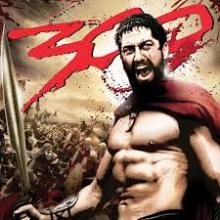
Hollywood action star Gerard Butler, who portrayed King Leonidas in the 2006 blockbuster film '300', visited Sparta on 13th March 2020 to take part in the 2,500 year anniversary of the Battle of Thermopylae. Butler combined his visit to the city by also running as a torchbearer for the Tokyo 2020 Olympics, finishing at the foot of the Spartan King's statue in Sparta. The large waiting crowd heard some moving words from Gerard, finishing with his famous statement of 'This is Sparta!'. Sadly, later that day, the Covid-19 pandemic put the whole of Greece in lock-down, and Gerard ended up by being quarantined in Sparta for a number of weeks.
Today, Sparta has many affordable hotels and apartments within the city limits, ideal as a 'stop-over' centre to explore the city itself or nearby historic Byzantine sites of Mystras and Monemvasia. The night life of the city is worth experiencing as well, with many cafes, bars, restaurants and tavernas all found within walking distance of the main street that offers the latest in shopping venues.
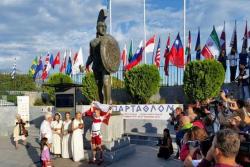 Spartathlon ultra-distance foot race has been held annually, starting on the last weekend of September, since 1983. The race traces the original footsteps of Pheidippides, the Athenian runner who ran this distance in 490 BC to ask for Spartan military assistance against the Persian invasion. However, due to the sacred festival of Carneia, the Athenians and their Plataean allies were left to fight alone and win the historic Battle of Marathon. Todays runners get 36 hours to run the whole 245.3kms, roughly the equivelant of 6 full Marathons. Spartathlon athletes start the foot race at dawn from the foot of the Acropolis in Athens and head for the Corinth Canal, then onto Ancient Corinth, past Mount Parthenion towards Tegia, then downhill towards Sparta. The Spartathlon finishes at the statue of Leonidas in Sparta.
Spartathlon ultra-distance foot race has been held annually, starting on the last weekend of September, since 1983. The race traces the original footsteps of Pheidippides, the Athenian runner who ran this distance in 490 BC to ask for Spartan military assistance against the Persian invasion. However, due to the sacred festival of Carneia, the Athenians and their Plataean allies were left to fight alone and win the historic Battle of Marathon. Todays runners get 36 hours to run the whole 245.3kms, roughly the equivelant of 6 full Marathons. Spartathlon athletes start the foot race at dawn from the foot of the Acropolis in Athens and head for the Corinth Canal, then onto Ancient Corinth, past Mount Parthenion towards Tegia, then downhill towards Sparta. The Spartathlon finishes at the statue of Leonidas in Sparta.
One of the greatest modern ultramarathoners has been Greek runner Yiannis Kouros, who won the original Spartathlon in 1983. The organisers didn't present him with the winners cup, as they didn't believe that any athlete could win the race with his time of 21:53:82 as they had forecast a time of around 27 hours. Yiannis Kouros ran again the following year and recorded a winning time of 20:25:00, which was a Spartathlon record that was eventually beaten in 2023. Yiannis won a record total of four Spartathlons.
The 2021 Spartathlon was won by Greek runner Fotis Zisimopoulos in a time of 21:57:36. Fotis Zisimopoulos (pictured below) won the 40th Spartathlon for the second consecutive year in 2022, finishing the race in a time of 21:00:48, the third best time ever. Fotis, a 40-year-old policeman from Agrinio, shocked many by winning the 41st Spartathlon for the third consecutive year in 2023, finishing the race in a record time of 19:55:02, beating the long held record set in 1984 by legendary Yiannis Kouros by 30 minutes.

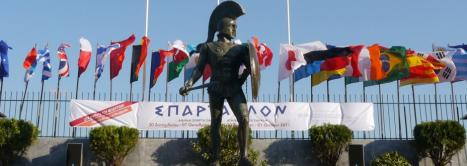
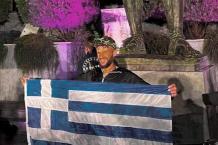
The 2024 Spartathlon will be run starting on Saturday 28th September
"The Road to Sparta" a 60-minute award-winning film available on DVD, offers runners who have managed to finish this unrivaled annual race a great souvenir by which to remember their experience. It gives a powerful sense of the exceptional battle of mind and body that the Spartathlon constitues. The film follows Greek-American ultramarathoner Dean Karnazes in 2014, when he chose to swap the modern nutritional advice for traditional ancient Greek food such as dried figs and pasteli (honey and sesame seed). It follows three other runners, including a Greek nurse Angela Terzi. "The Road to Sparta" is a poetic impression of the athletic pilgrimage to human grandeur, ancient Greek history and the universal values embedded in this ultra-marathon foot race.

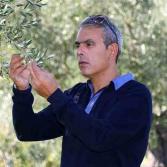 The region around Sparta has for years produced some of the best extra virgin olive oil in the whole world. One particular producer, Sakellaropoulos Organic Farming Company, has its olive groves located near Mt. Parnon and Mt. Taygetos. The owner, Mr Sakellaropoulos, has won hundreds of international awards for his organic olive oil products and has received a plethora of distinctions from oil tasting and quality competitions around the world. Over the past six consecutive years, since 2018, Sakellaropoulos' olive oil has won the first place in the world in its category and has been named the 'Best Organic Olive Oil in the World' by ISO, FDA and HACCP.
The region around Sparta has for years produced some of the best extra virgin olive oil in the whole world. One particular producer, Sakellaropoulos Organic Farming Company, has its olive groves located near Mt. Parnon and Mt. Taygetos. The owner, Mr Sakellaropoulos, has won hundreds of international awards for his organic olive oil products and has received a plethora of distinctions from oil tasting and quality competitions around the world. Over the past six consecutive years, since 2018, Sakellaropoulos' olive oil has won the first place in the world in its category and has been named the 'Best Organic Olive Oil in the World' by ISO, FDA and HACCP.
